Japanese plants scheme are renowned for being peaceful spaces, which encourage tranquility, reflection, and organization.
To emulate this happy vibe, we adore that there are many gorgeous plants to suit different climates and tastes. Therefore, we recommend thoroughly researching the gardening needed to recreate an authentic Japanese garden.
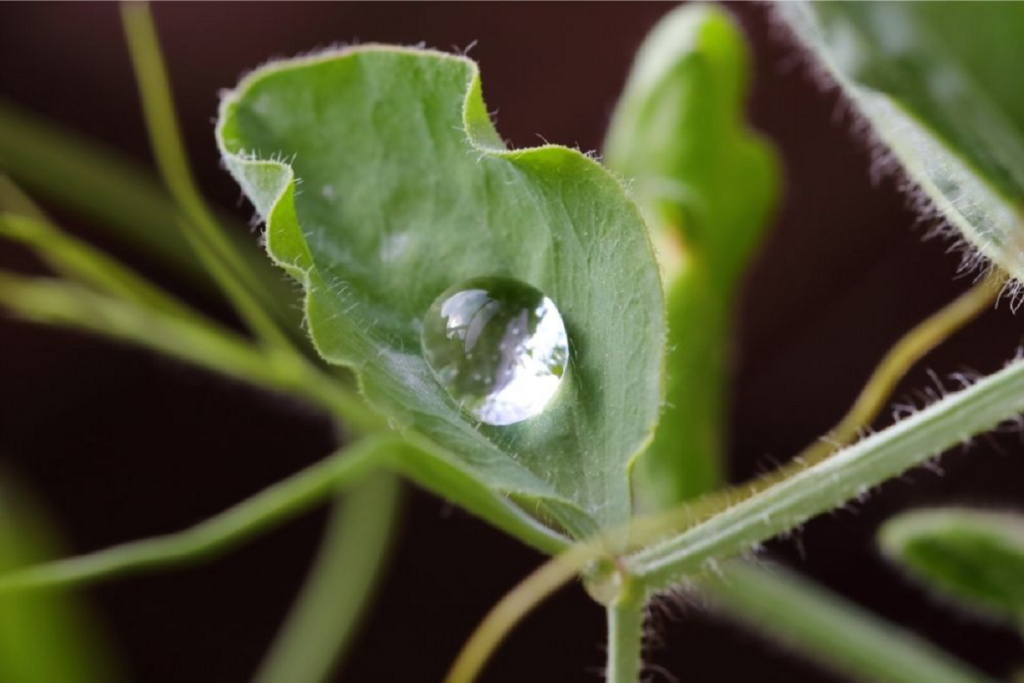
Figuring out the suitable species to buy can be such a tricky process, which means that you can be left feeling overwhelmed.
This confusion can cause you to end up with a landscape that’s chaotic and, therefore, the exact opposite of what you want. No one wants their retreat space to become a nightmarish problem!
We’ve scoured the internet to help you make the proper purchasing and nurturing decisions. So, to prevent you from turning your gardening space into an irreversibly bad-looking space, we’ve written the following article. Below there is a lot of information about beautiful plants from Japan.
If you want to discover more about Japanese plants, see some stunning images, or simply hunt for gardening inspiration, this article will help you. So, we recommend that you scroll down and read on to enrich your knowledge about plants.
1. Azalea (Rhododendron)
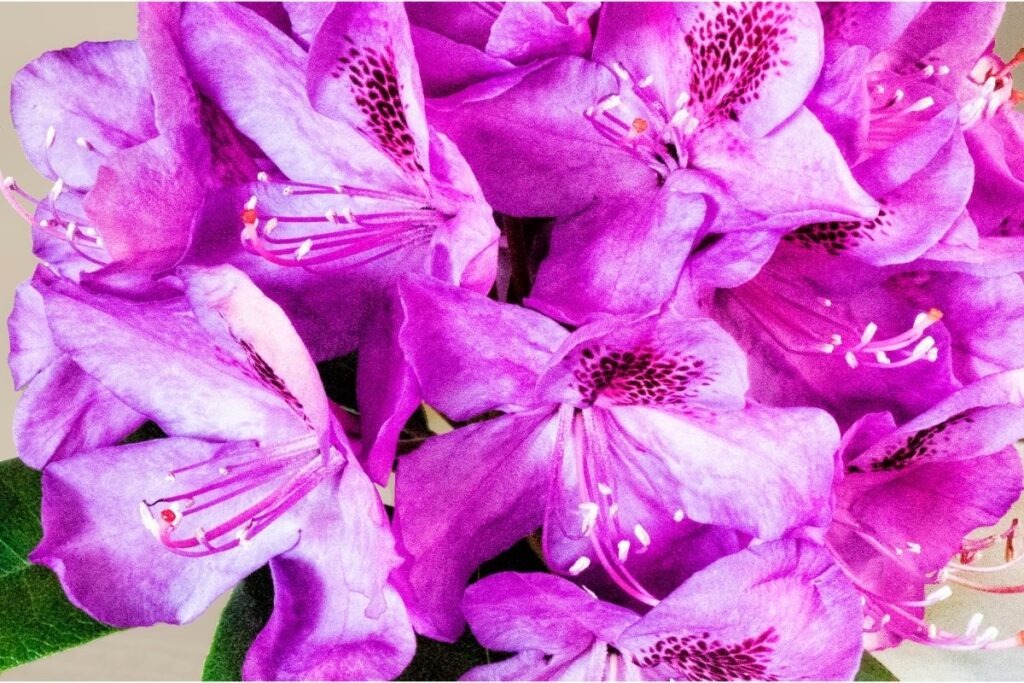
Commonly found in many Japanese gardens, azaleas (otherwise known as rhododendrons) can produce blossoms in various colors, giving vibrancy to many dull spaces. To properly care for these trumpeting blooms, we recommend making sure it has partial access to sunlight and pretty acidic soil.
2. Bamboo (Fargesia And Phyllostachys)
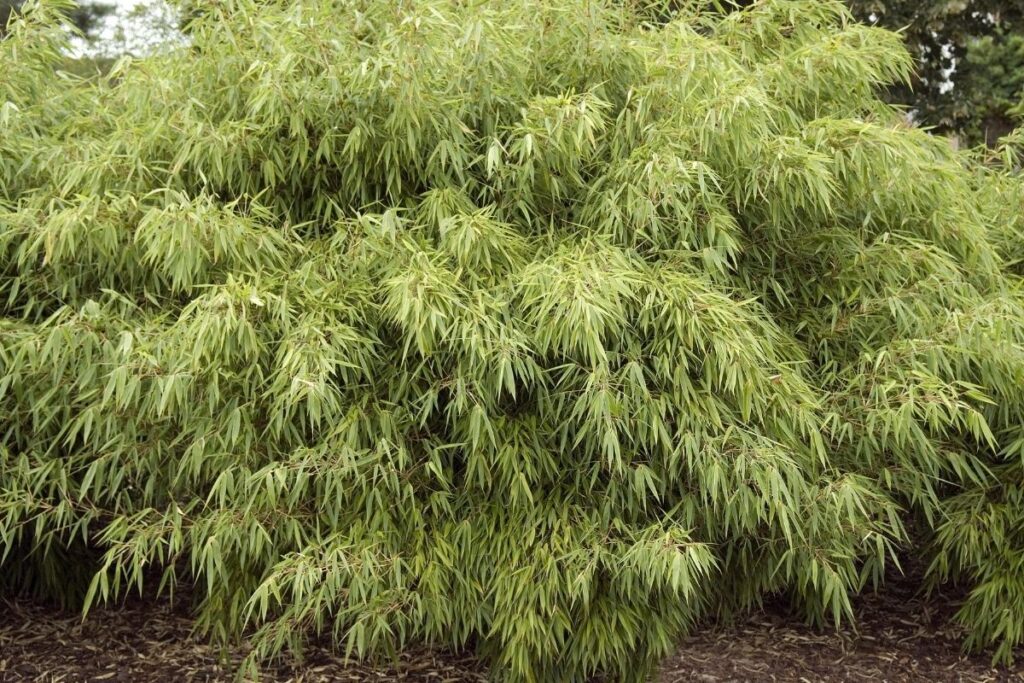
The Bamboo (Fargesia and Phyllostachys) is famous worldwide for being used in Japanese homes to decorate furniture, build structures, and even chopsticks! We recommend growing this one if you’re looking for a species that will provide you with an effective screen between you and your neighbors.
3. Camellia (Camellia Japonica)
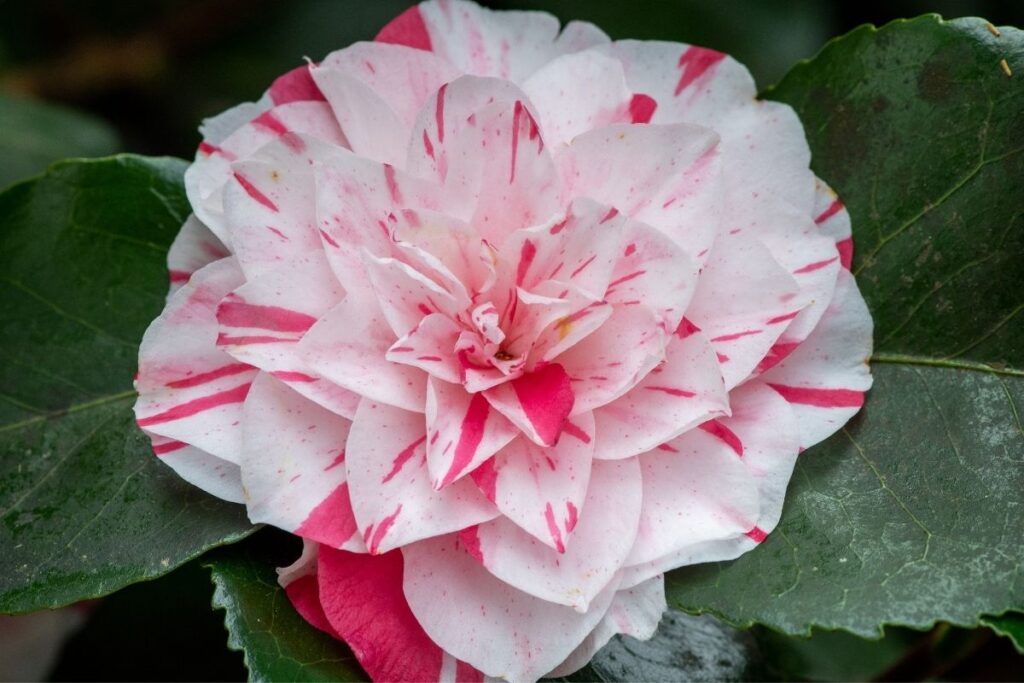
The Camellia (Camellia Japonica) produces frilly blossoms, which can live for hundreds of years when well cared for. If placed in well-draining soil, this vibrant plant can produce flowers with characteristically golden centers in between dark green foliage.
4. Hosta
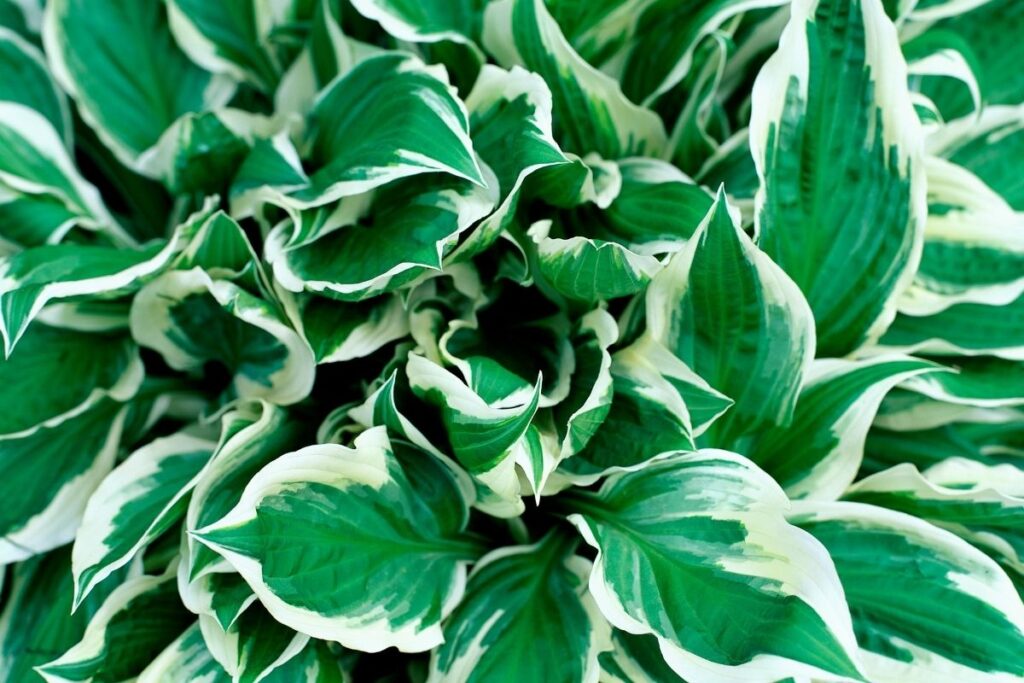
Are you searching for a leafy plant that can thrive in a shaded environment and bring structure to your landscaping? If so, the hosta has broad pointed light green leaves, which are variegated and can happily grow in other larger plants’ shadows.
5. Cherry (Cornus Mas)
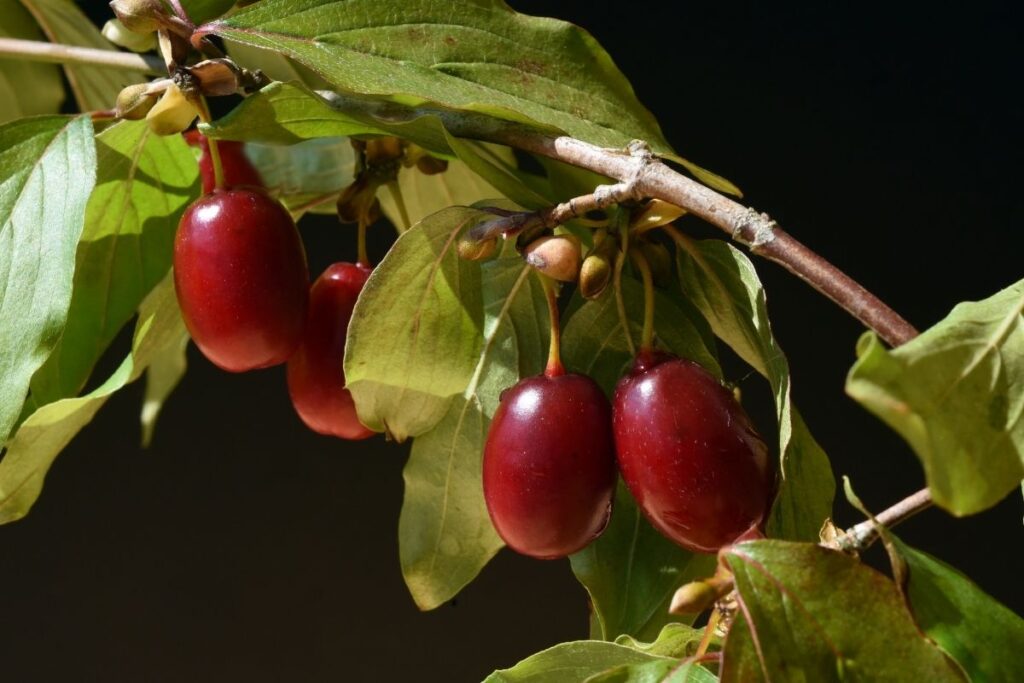
The Cherry (Cornus Mas) is a super fragrant tree, producing stunning light pink or yellow blossoms that can delicately hang down. These plants are perfect for those that want to encourage nearby species to thrive, as they’re attractive to bees and help pollinate the surrounding natural environment.
RELATED: Are Japanese Beetle Traps Helpful for Organic Pest Management?
6. Hydrangea
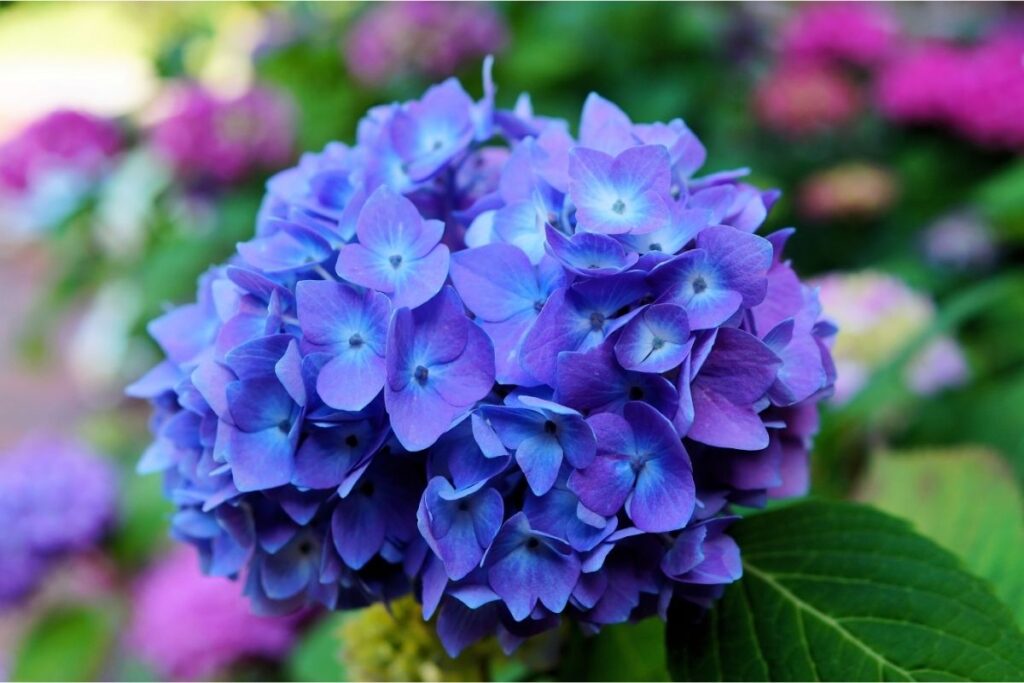
The Hydrangea is a super popular plant globally because it can tolerate climates with rainfall aplenty, not too hot temperatures, and can handle cold spells.
In addition, the Hydrangea comes in many different colors, including pink, blue and purple, which pop in rounded blossoms on the stems.
7. Iris

The iris is perfect for permanently damp garden spaces because it loves moist soil and doesn’t love dry conditions. This means that these purple flowers are ideal for planting near ponds, fun water features, or lakes because they will add a color pop to these spaces.
8. Lotus (N. Nucifera, N. Lutea, And Hybrids)
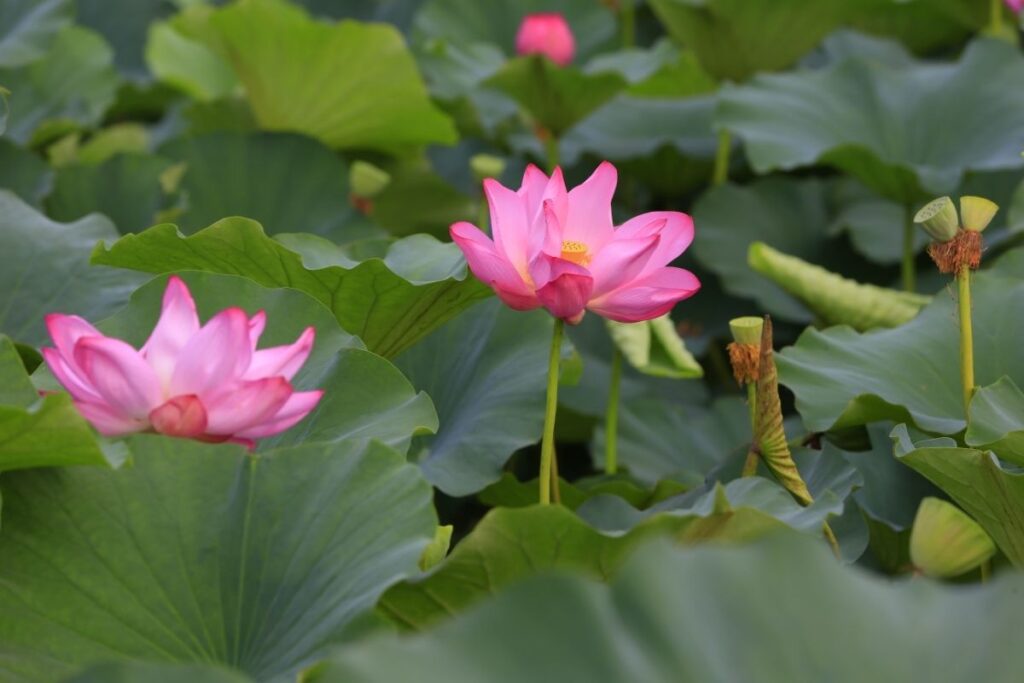
The Lotus (N. Nucifera, N. Lutea, and Hybrids) is a famous peace symbol and can be seen in many Japanese gardens’ water features as a way to bring beauty.
To properly nurture this flower, we recommend planting it in a fully sunny spot and making sure it has well-draining soil, either clay or sandy.
9. Wisteria (Wisteria Sinensis)
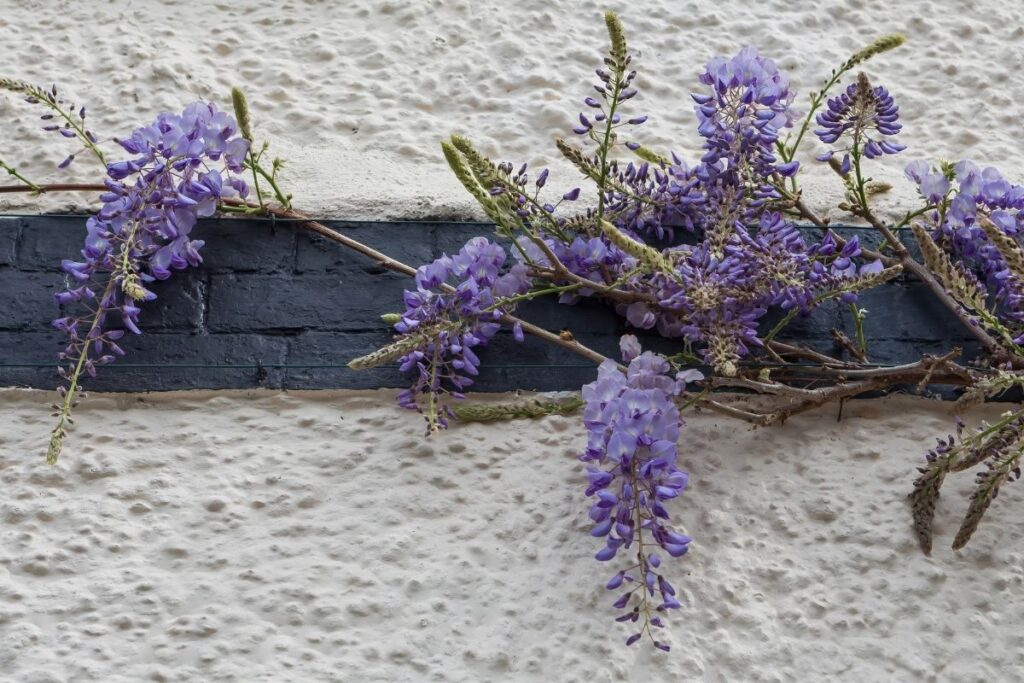
The wisteria is an eye-catching and well-known plant, famous for gardeners who want to create a canopy, cover a building, or introduce bold blossoms.
Once this plant is mature, it can make purple-blue, mauve, white, or lavender flowers, which are conical and adore being in sunny spots.
10. Acer Griseum (Paper Barked Maple)

The Acer griseum (Paper Barked Maple) is often seen in many exquisite Japanese landscapes, spanning their rigid branches and having thick bushy foliage.
To care for this maple, we recommend that you keep it in a well-draining and shaded spot, which can allow it to create its characteristic doming silhouette.
11. Acer Palmatum ‘Bloodgood’ (Japanese Maple)
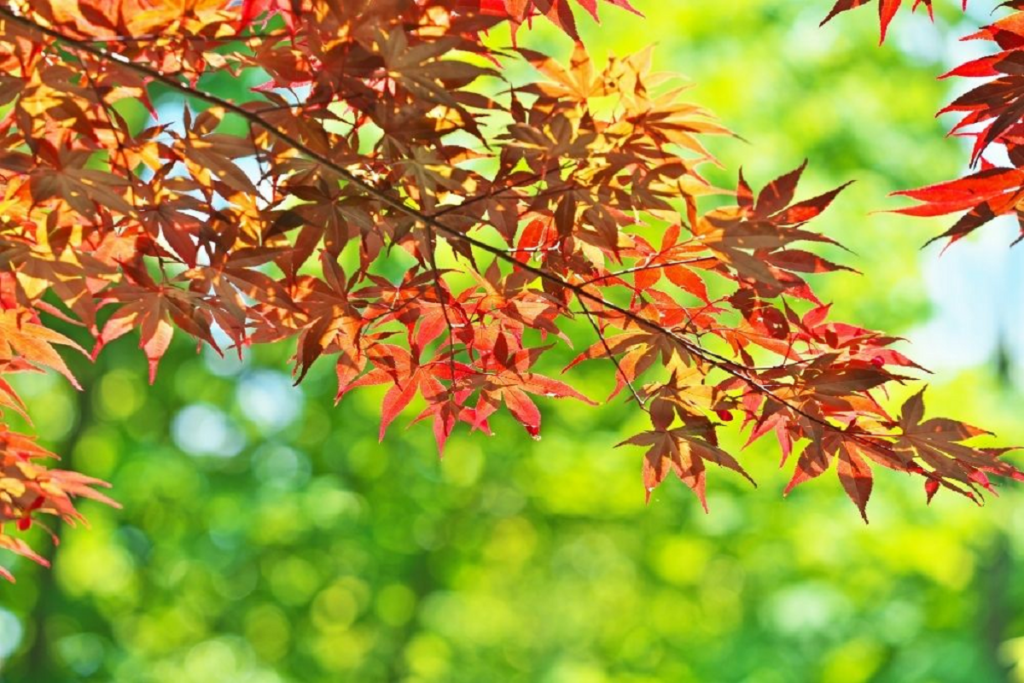
This is a beautiful Acer because it creates long and thin light pink leaves, which fan out on the stems. To ensure you can give this plant the best chance, we recommend sheltering the species from fierce winds and giving it a spot with at least partial sunlight.
12. Aralia Elata (Japanese Angelica Or Devil’s Walking Stick)
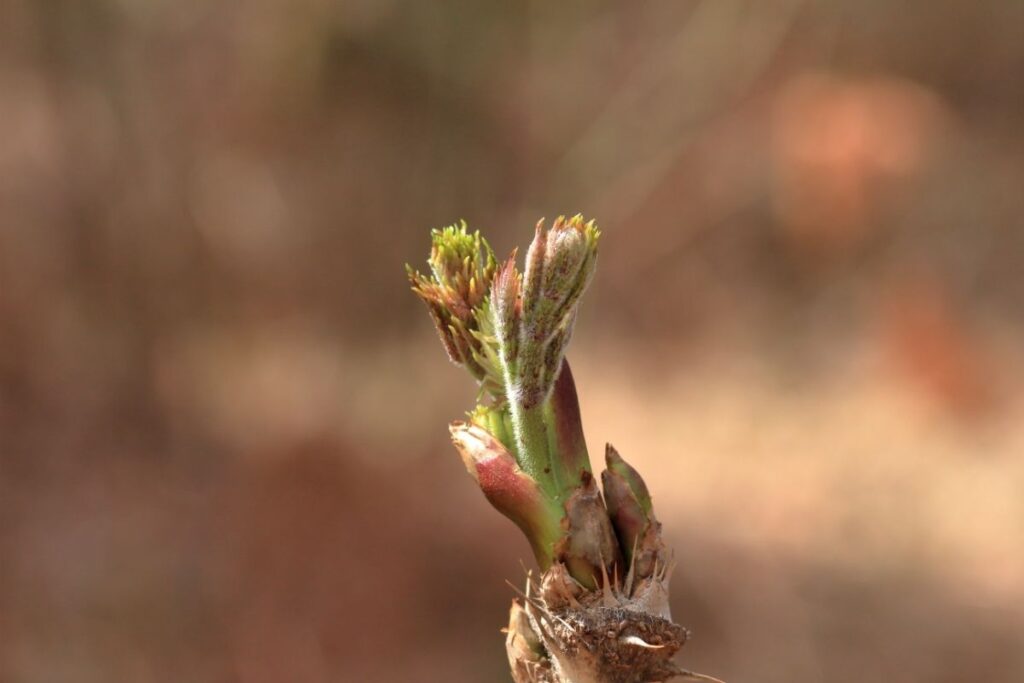
This plant has a spiky trunk with exotic foliage with long thin, spanning leaves that reach outwards. If you care for the Aralia Elata (Japanese Angelica or Devil’s Walking Stick) correctly, it can get almost 20 feet high and add a slender element to any garden.
13. Arundo Donax (Spanish Reed)
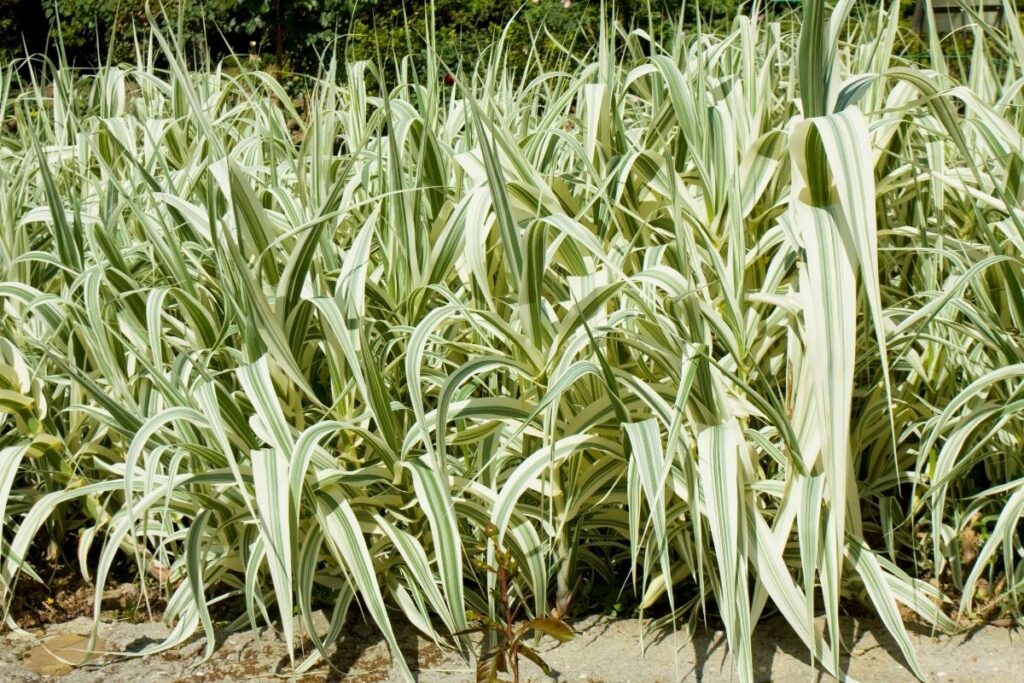
If you’re searching for a Japanese species that grows tall and can provide exciting structure to a landscaping scheme, the Arundo donax is a perfect option.
Unfortunately, this isn’t an evergreen plant, so the leaves will have gone from its tall canes in winter and are regenerated in spring.
14. Aucuba Japonica Crassifolia (Japanese Laurel)
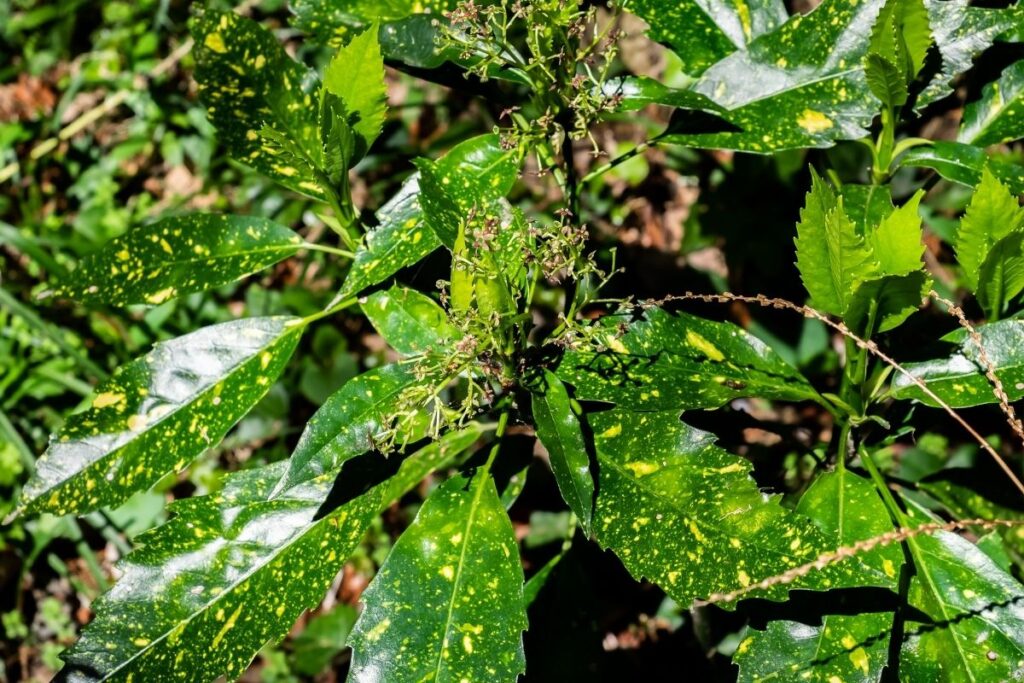
The Aucuba Japonica Crassifolia (Japanese Laurel) has super shiny broad and rounded leaves, which lap up sunlight to grow to around 6 feet tall. This species can withstand frosts, high temperatures, and slight neglect, which means it’s ideal for beginners.
15. Azalea Japonica
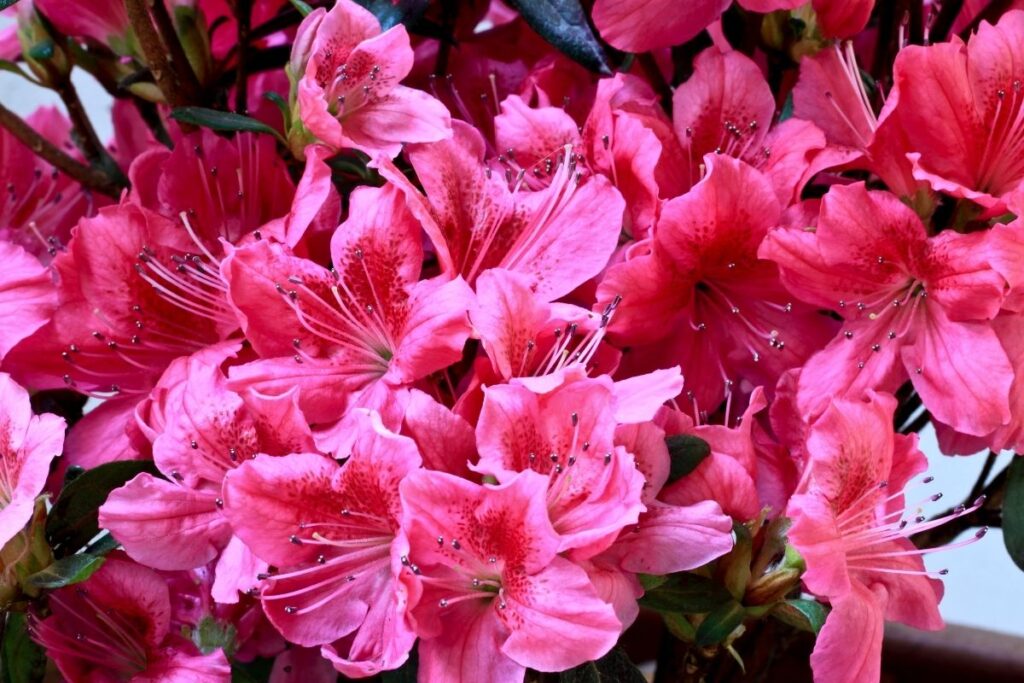
The Azalea Japonica comes in many different sub-species, which have long dark green and glossy leaves with red blooms. However, if dark red isn’t your color, you can get this plant with purple, pink, and white blossoms, which will thrive in acidic soil.
16. Baccharis Patagonica

The Baccharis Patagonica is ideal for someone who wants a topiary formation in their garden. This plant has super-dense foliage.
We adore this thick plant because it is low to the ground, so it’s a perfect non-invasive space filler and responds well to being clipped into shape.
17. Bergenia Bressingham White (Elephant’s Ears)
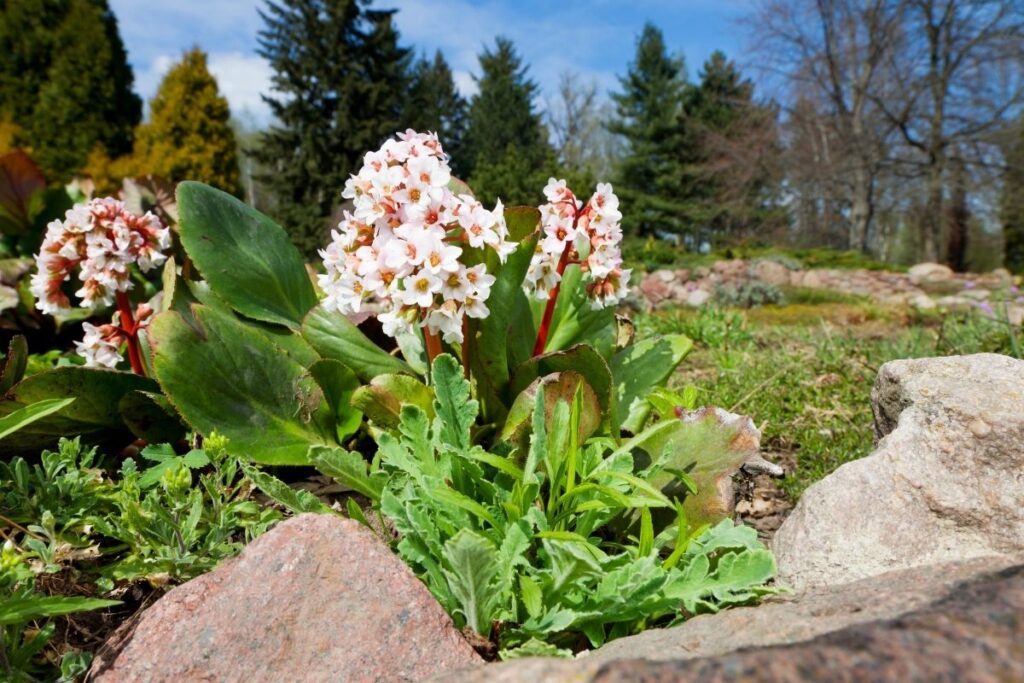
The Bergenia Bressingham White is an evergreen that produces rounded white blossoms with light pink tones and warm-colored centers.
The light green foliage frames these delicate flowers, responding well to partial sunlight and having dead leaves removed.
18. Buxus Sepmervirens Variegata (Variegated Box)

This plant is a super well-known species with light yellow and dark green centered leaves that shine in the light. This is a very bushy species that is popular with people wanting to create privacy in their space because it has very dense foliage.
19. Camellia Japonica ‘Black Lace’
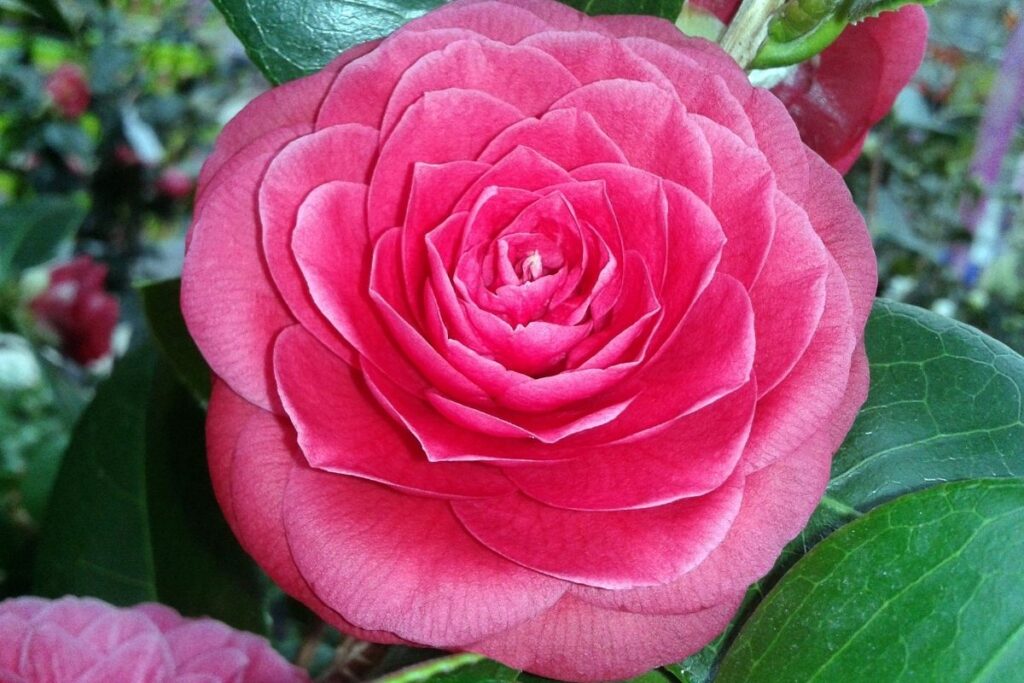
The Camellia Japonica ‘Black Lace’ is super bold because it has bright pink flowers that take a rounded shape on dark brown branches.
In addition, the plant has deep green and shiny leaves, which means that the blossoms on the species really pop in a suitable landscape.
20. Choisya Ternata (Mexican Orange Blossom)
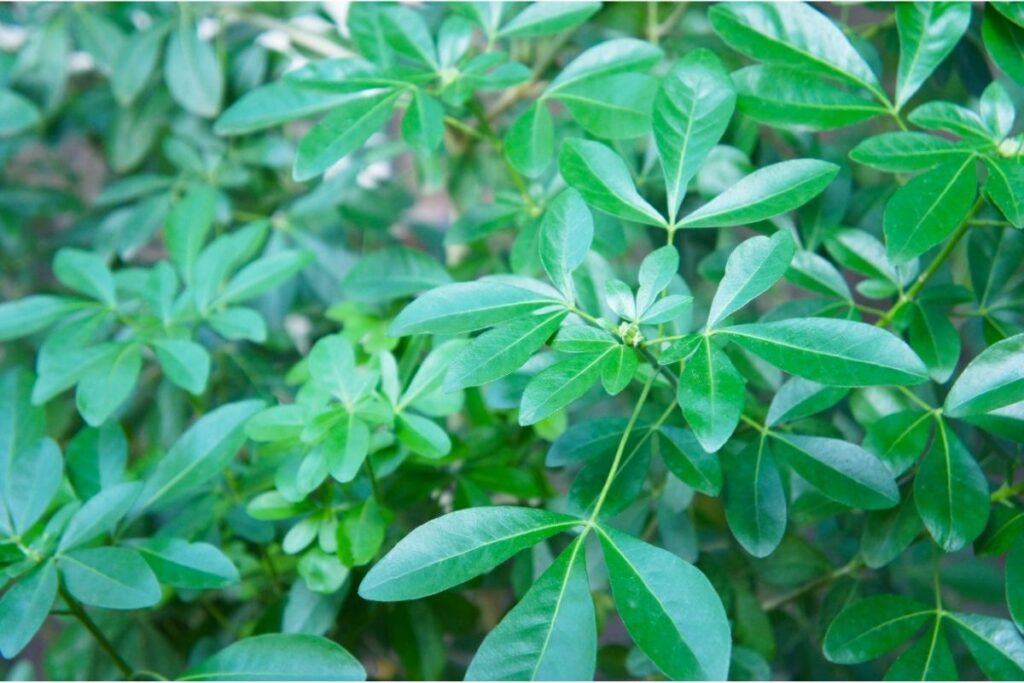
If you’re looking for a species that can be clipped into shape, the Choisya ternata is an ideal choice because it creates dense foliage and can be sculpted into many different designs.
In addition, as the name suggests, it produces beautiful orange flowers, which smell super fragrant and are beloved by many.
21. Clematis Armandii
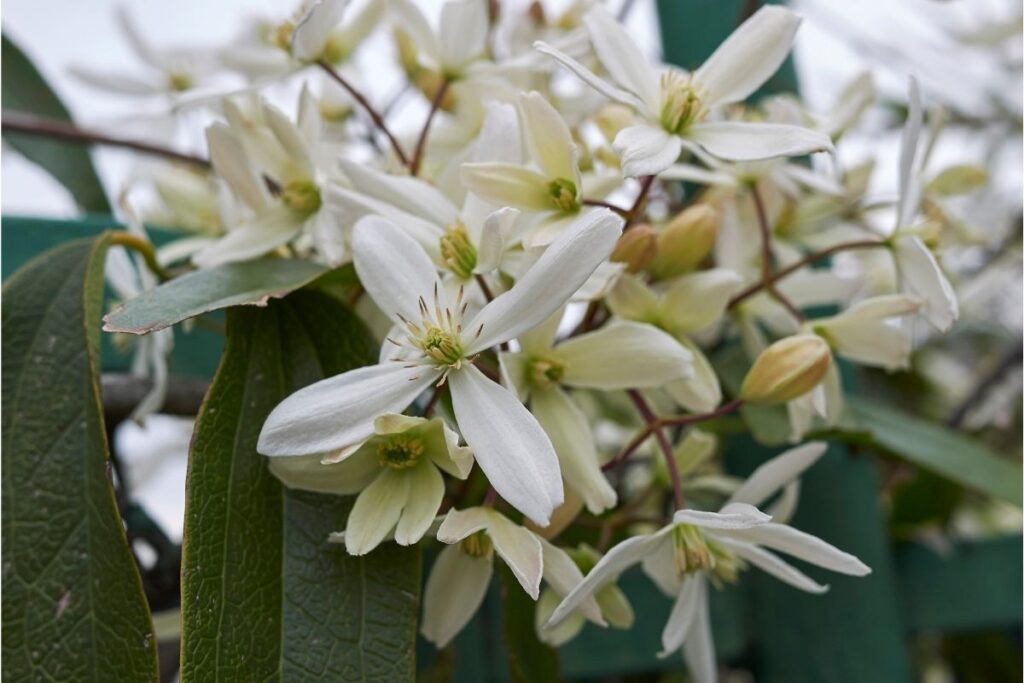
The Clematis Armandii grows long dark green and shiny foliage between precious white tiny flowers. To nurture this species properly, we recommend placing it in either a shaded or sunny place with chalky soil, adequately moisturized.
22. Cryptomeria Japonica ‘Globosa Nana’ (The Green Poodle)

Appropriately named, the Cryptomeria Japonica ‘Globosa Nana’ (The Green Poodle) has foliage that looks like a fluffy dog.
This means that, like the creature, this bushy species can be clipped into exciting shapes, so it’s perfect for bringing more artistry to your garden and using it to express yourself.
23. Cupressus Arizonica ‘Niwaki’ (Arizona Cypress)
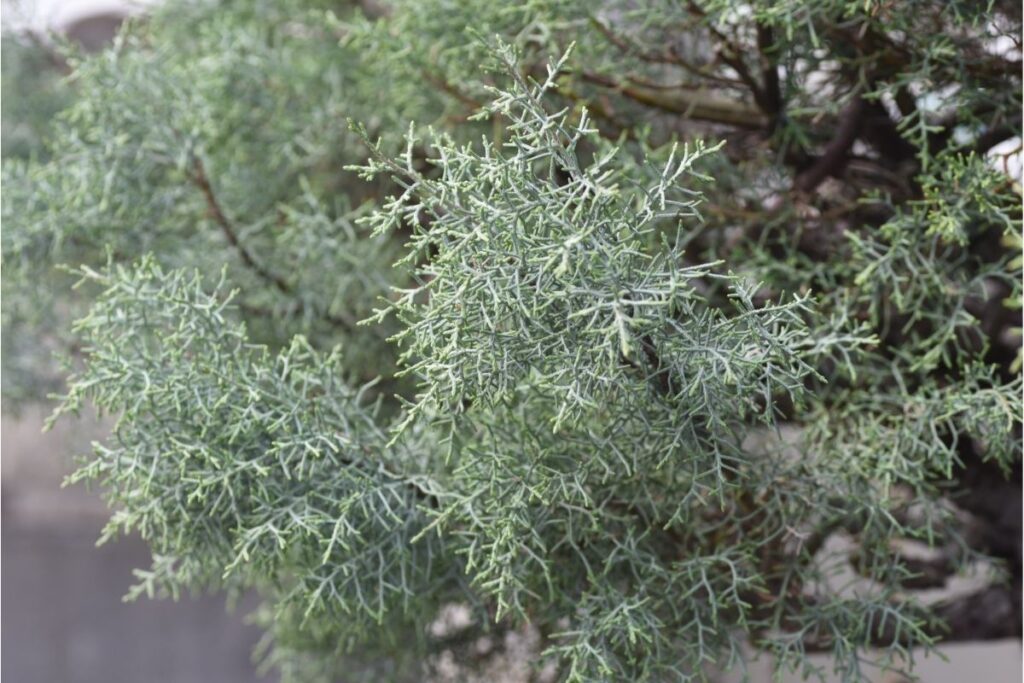
This plant has robust, vertically growing trunks, producing dark foliage that can be shaped into rounded formations. As this is a woody species, we advise that you ensure you’re exposing loads of the tree’s base as much as possible and stop excess soil from getting to it.
24. Daphne Odora ‘Aureo-Marginata’ (Gold Edged Winter Daphne)
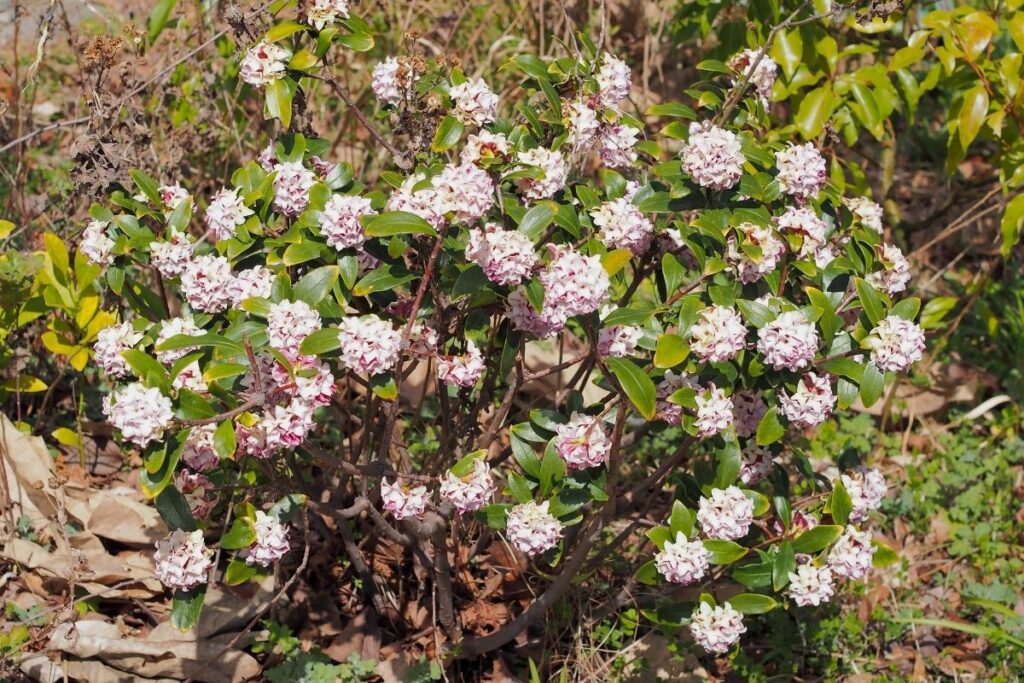
The Daphne Odora creates fragrant light pink flowers, which look super adorable in a vase, bouquet, or another flower arrangement. There’s even slight variegation to the foliage, which fans out in a sun-ray pattern from the blossoms.
25. Daphniphyllum Macropodum
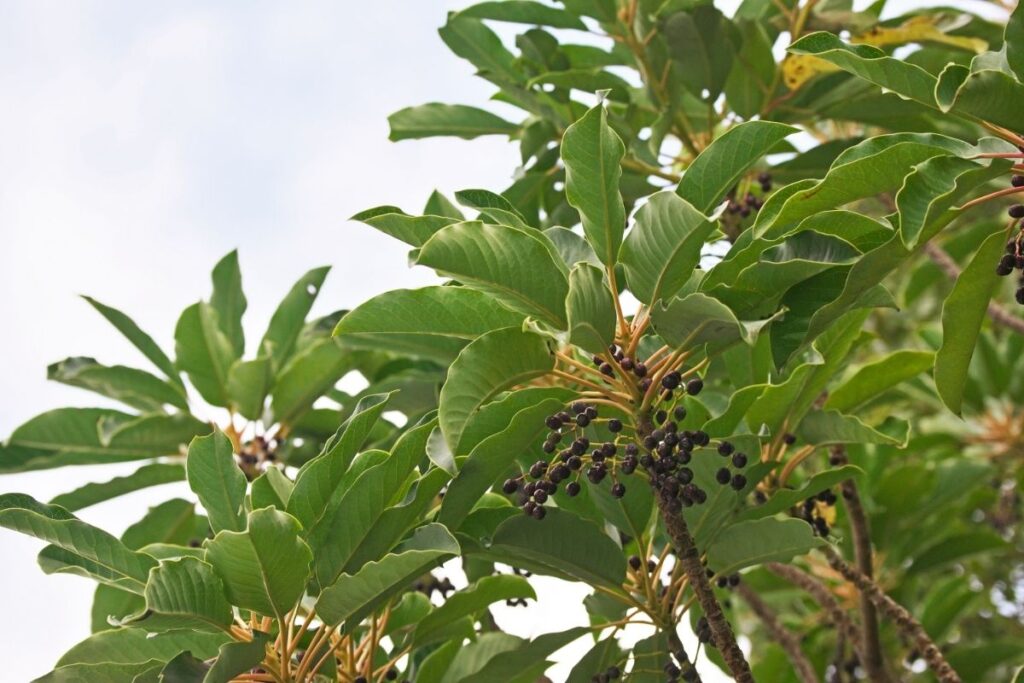
The evergreen Daphniphyllum Macropodum grows from a single tree stump, creating impressive bushy foliage that looks super shiny and exotic. This species is perfect for those who are new to looking after plants as it’s very hardy and can tolerate different soil types.
Conclusion
Japan is home to many gorgeous native plant species, which can suit different gardening abilities. So whether you’re searching for an evergreen shrub, tall tree, or something you can clip into shape, there’s something for everyone.
We hope you enjoyed this article and are inspired to care for your own Japanese plants! In addition, we recommend you check out our other articles for more information on different natural fauna.
Editor’s Recommendations
26 Fantastic Gold Flowers (Including Pictures)







